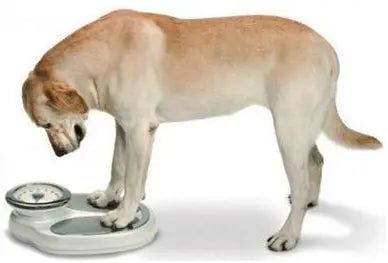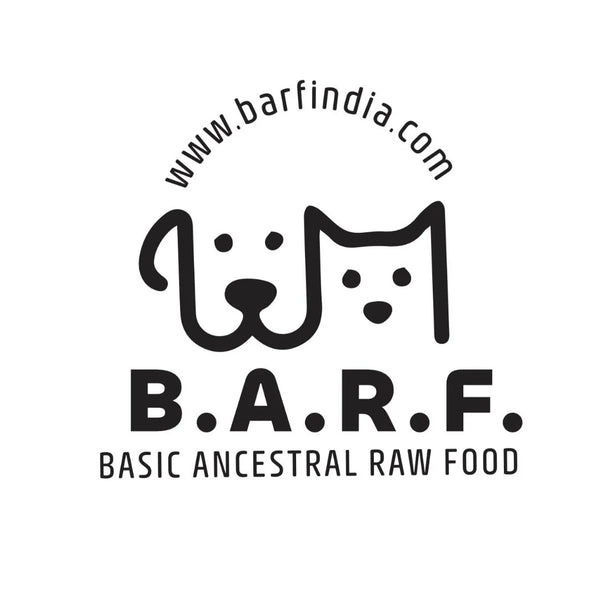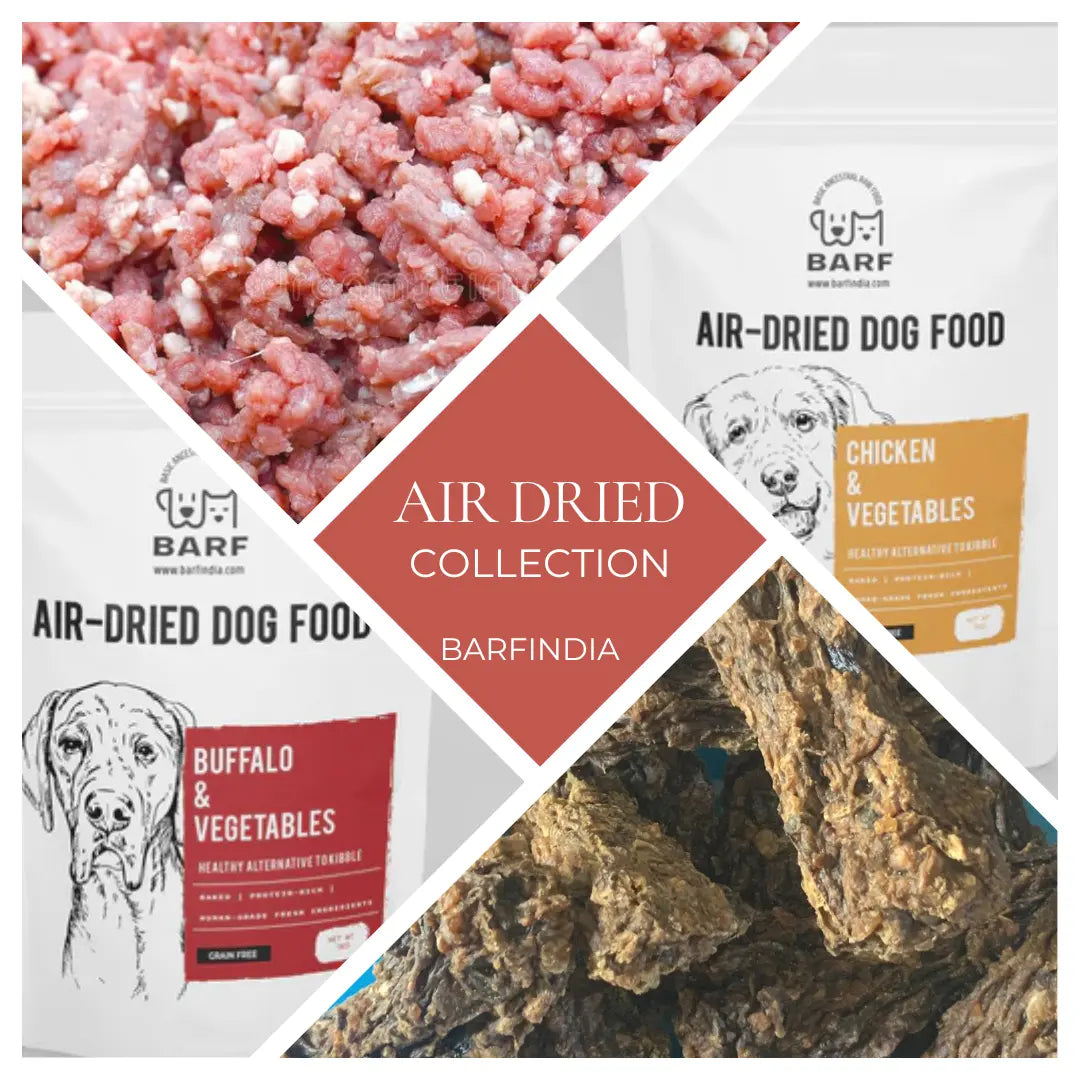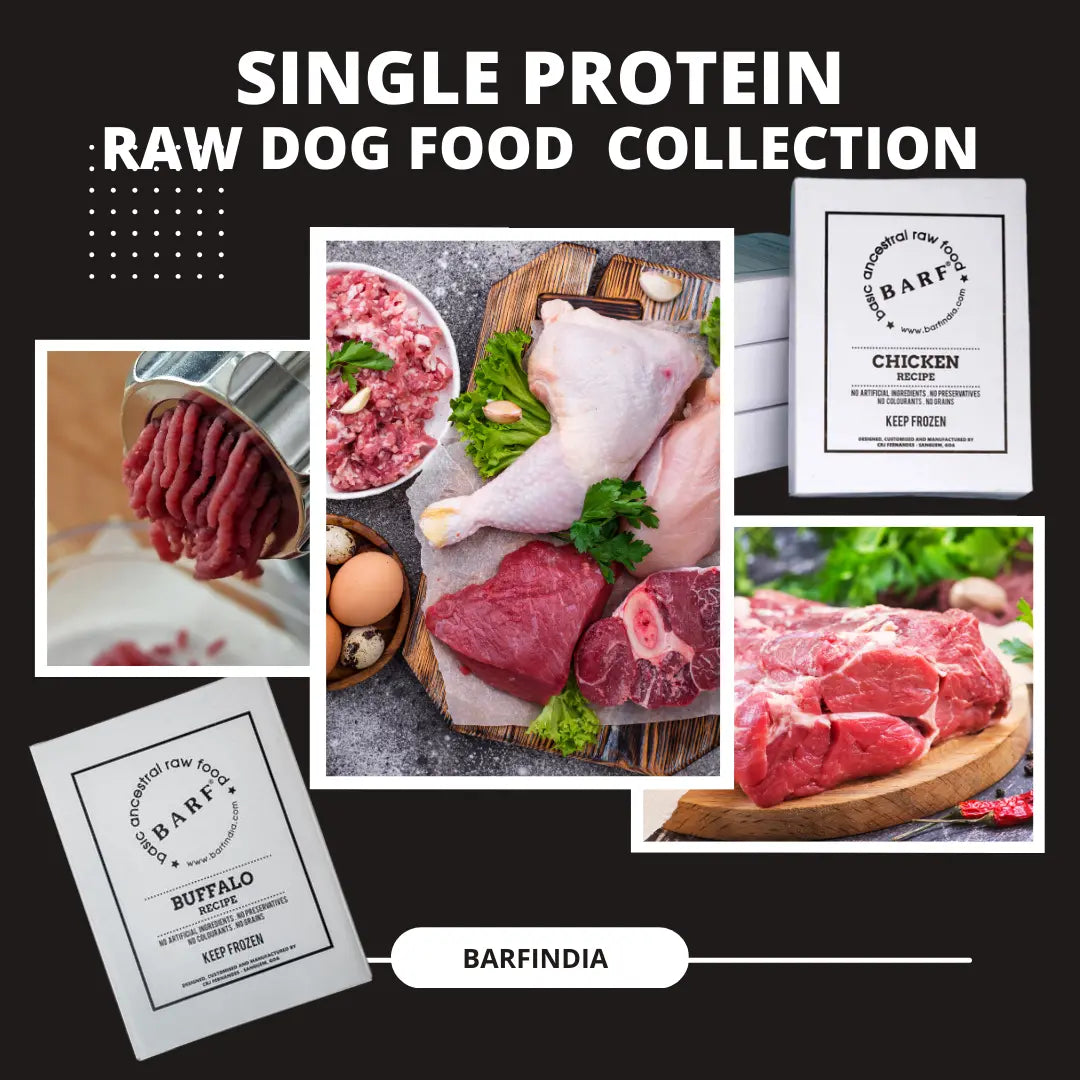
Obesity issues in dogs
B.A.R.F. India AdministratorObesity issues in dogs:
Obesity issues in dogs are almost 35% of the dogs that I have seen at dog parks, pet cafes, and people walking their dogs on the street being obese. And the strangest part is that many of the pet-owners do not want to accept it.
Obesity issues in dogs: How serious is the problem?
can be considered a serious perception problem—subtly put in as a human perception problem. While a whopping 35 percent of dogs are overweight, only around 15 to 20 percent of the pet owners who feed the dogs know it. Obesity in dogs can cause or do worsen musculoskeletal problems, causes difficulties in exercising, builds up cardiovascular problems, creates glucose tolerance imbalances, kidney problems, joint issues, lethargy, and a general weakening of the immune system. There is also a general perception that certain breeds tend to get overweight signifying a genetic problem. There is a stronger predisposition in obesity trends which suggests that the Labradors, Golden Retrievers;
Who are to blame for Pet Obesity?
It's US. We, humans, are the main cause of obesity issues in our best friend — by consistently overfeeding our dogs, giving them way too many treats, and/or leftover table food as proof of our affection. Even worse, many of us aren’t even aware that there’s a problem with our pet’s weight. We think our overweight or obese dog is a perfectly normal weight. Table scraps, treats, and even premium, calorie-rich dog foods — all of which can be very tasty to our dogs — contribute to obesity.
Food consumption:
Some of the dogs I know do pretty well if fed free-choice because they’ll eat only what they need. Some of the other dogs, however, will eat everything available and then scavenge for more. So the amount of food that is available and the dog’s eating tendencies can easily determine how likely it is that a dog will become overweight.
Treats:
When it comes to treats, many dog parents aren’t aware how many calories can be packed into a tiny tidbit. And how many of us stop at giving just one treat. “Treats are the silent saboteurs of the most reasonable, balanced, nutritionally complete diets.” In other words, if dog owners aren’t careful, too many treats undermine the dogs diet while adding a substantial number of calories — and unwanted pounds. As a rule of thumb, only 10 percent of a dog’s daily calories should come from treats. It is perfectly okay for you to treat your dog, but consider alternatives: pieces of chicken liver/heart (raw or baked), are excellent alternatives.
How to know if my dog is overweight?

Can a Raw Diet benefit the issue of obesity in dogs?
YES of course!!!!
is a natural diet of the dog. Once you begin feeding a raw diet, you will notice an appreciable difference in the energy level of your pet.
provides high-quality proteins, a low level of carbs, and a host of helpful herbs that effectively help bring the dog back to shape. The worst thing about having a dog is that they don’t live long enough. And strangely a raw diet is the only kind of life insurance we can all buy.



